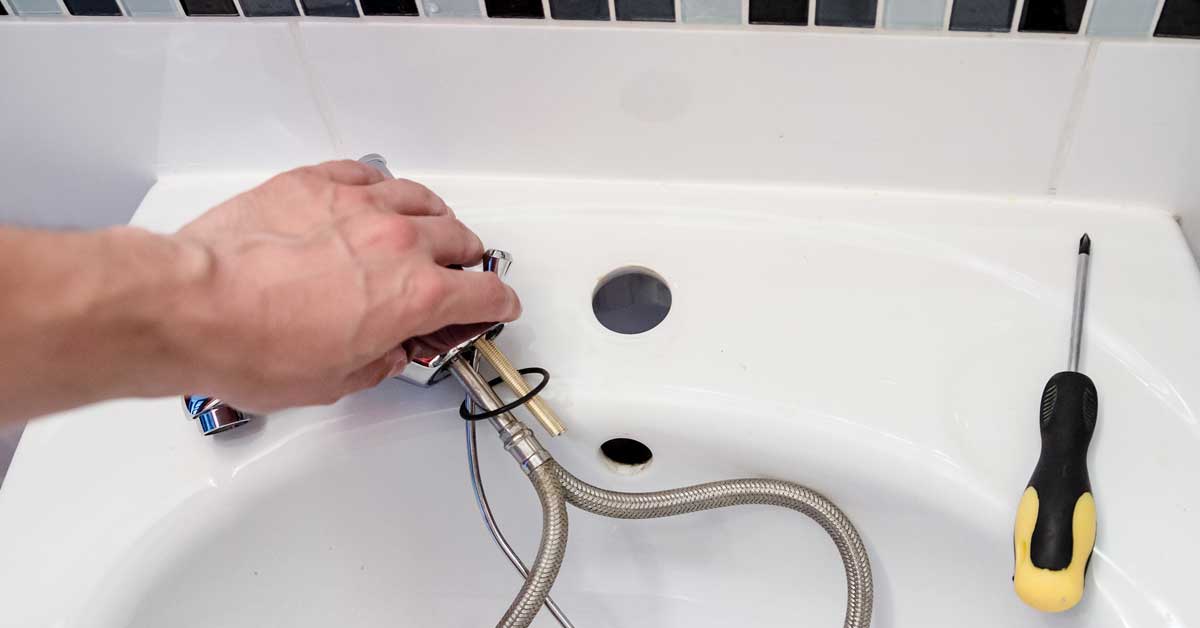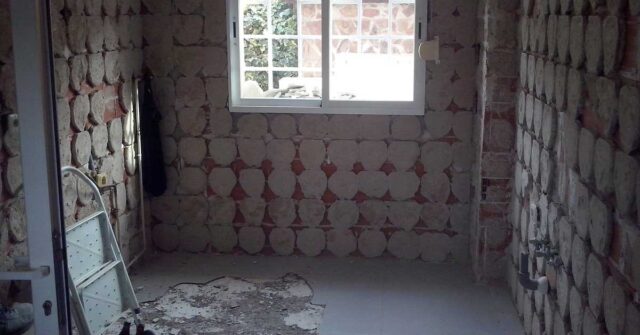Renovating a bathroom can transform one of the most essential spaces in your home into a haven of relaxation and functionality.
Whether you’re planning a minor refresh or a complete overhaul, this guide walks you through every step to renovate your bathroom like a seasoned professional.
Let’s dive in and make your dream bathroom a reality!
Planning Your Bathroom Renovation
Great renovations begin with solid planning. This stage sets the foundation for success and helps avoid hiccups down the road. From understanding your needs to finalising designs, here’s how to start smart.

Understanding Your Needs and Goals
Ask yourself: What’s the purpose of this renovation? Do you need more space, better functionality, or a modern aesthetic?
Prioritize your needs and keep them front and centre as you plan. Jot down must-haves and nice-to-haves to guide your decisions.
Creating a Realistic Budget
Setting a budget is crucial. Consider the costs of materials, labour, and unforeseen expenses.
Research local rates for professionals and compare prices for fixtures. A budget is like a compass – it keeps you on track.
Choosing a Style and Theme
Do you dream of a spa-like retreat or a sleek modern design? Browse inspiration online or visit showrooms to explore styles that speak to you. Stick with a cohesive theme to avoid clashing elements.
Designing a Functional Layout
Functionality trumps aesthetics. Think about how you use your bathroom daily. Does the shower placement make sense?
Is there enough storage? Draw a layout or consult a professional designer for advice.
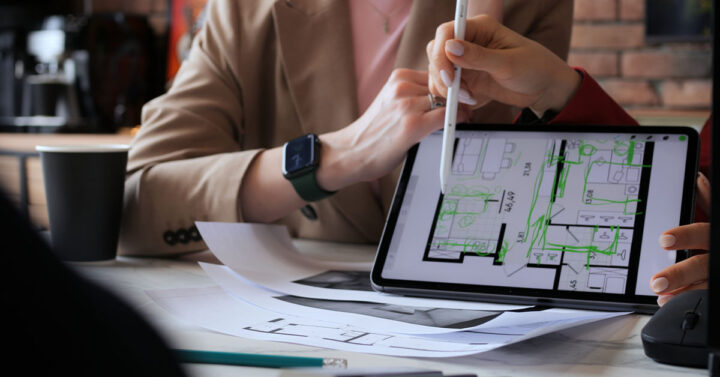
Obtaining Necessary Permits
In Australia, certain renovations require council permits. Check your local regulations to avoid fines or delays. Contact your council or a licensed contractor to understand what’s needed.
Preparation: Setting the Stage
Before you pick up a hammer, it’s time to prepare. This phase ensures you’re ready for the exciting work ahead.
Assessing Your Existing Bathroom
Examine the current state of your bathroom. Are there leaks, mould, or structural issues? Address these problems first to avoid complications later.
Hiring Professionals vs. DIY: What to Consider
DIY can save money, but some tasks, like plumbing or electrical work, are best left to the pros. Weigh the risks and rewards carefully.
Hiring a professional may cost more upfront but can save headaches and ensure compliance with regulations.
Gathering Materials and Tools
From tiles to taps, make a checklist of everything you’ll need. Don’t forget essentials like grout, adhesive, and safety gear. Having the right tools on hand saves time and stress.
Scheduling and Setting a Timeline
Renovations can disrupt your daily routine. Plan a realistic timeline to minimise inconvenience. Consider lead times for ordering materials and coordinate with contractors to avoid delays.

The Renovation Process: Step-By-Step
Now it’s time for the main event. Follow this structured process to achieve professional-grade results.
Step 1: Demolition and Clearing the Space
Out with the old! Safely remove outdated fixtures and fittings. Wear protective gear and dispose of debris responsibly. Take care not to damage pipes or wiring.
Step 2: Addressing Plumbing and Electrical Work
Before you install anything new, ensure the plumbing and electrical systems are updated. This stage requires licensed professionals to meet safety standards.
Step 3: Installing Flooring and Walls
Lay the groundwork with durable, water-resistant flooring like tiles or vinyl. Waterproof walls and consider using cement board to prevent moisture issues.
Step 4: Fitting Bathtubs, Showers, and Toilets
Install large fixtures first. Follow the manufacturer’s instructions closely or have a professional handle it to avoid mishaps. Double-check alignments and connections.
Step 5: Adding Vanities, Sinks, and Storage
Install cabinetry, vanities, and sinks. Choose storage solutions that fit your space while keeping your bathroom clutter-free.
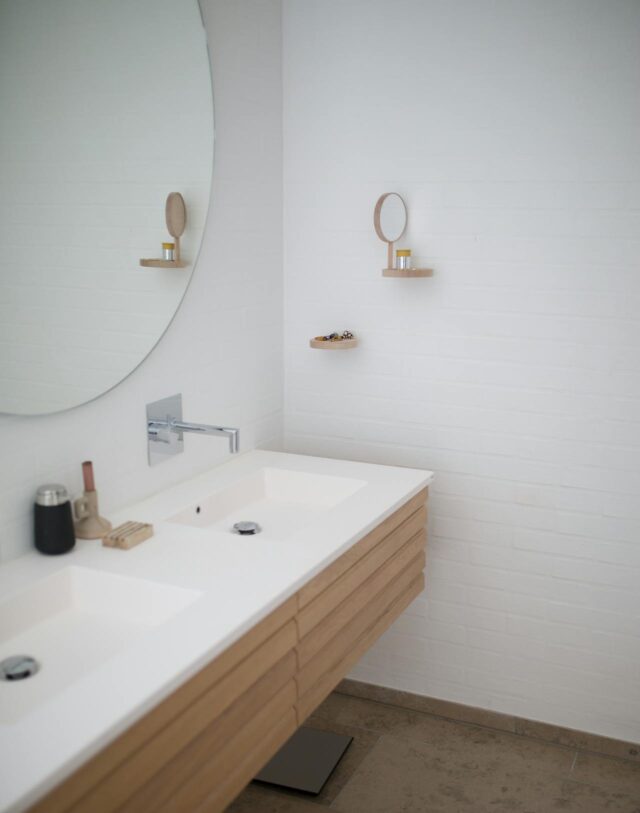
Step 6: Final Touches – Fixtures, Paint, and Décor
The finishing touches bring your vision to life. Add taps, mirrors, lighting, and décor. Use moisture-resistant paint and seal all edges to maintain longevity.
Tips for Achieving a Professional Finish
Want your bathroom to look like it belongs in a magazine? These tips can help.
Optimising Lighting for Ambience and Functionality
Layered lighting enhances both function and mood. Combine overhead lights with task lighting near mirrors for the best results.
Choosing Durable and Stylish Materials
Select materials that stand the test of time. Porcelain tiles, quartz countertops, and stainless-steel fixtures are excellent choices.
Maximising Space in Small Bathrooms
Use space-saving fixtures like wall-mounted sinks and mirrored cabinets. Light colours and clever layouts can make small bathrooms feel larger.
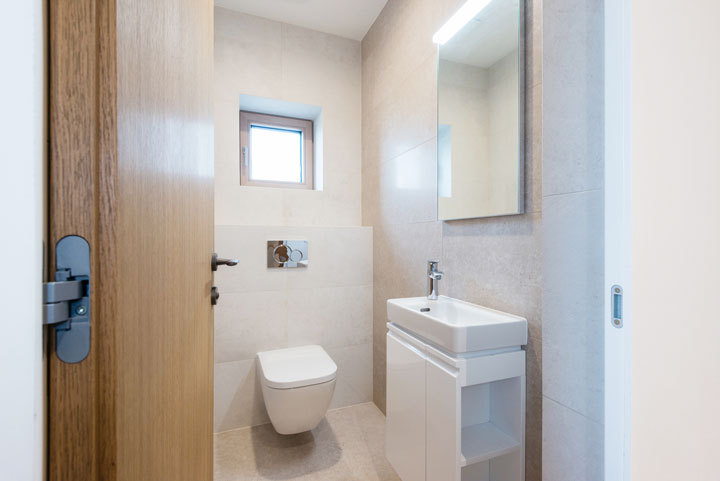
Incorporating Sustainable and Eco-Friendly Features
Opt for water-saving fixtures, energy-efficient lighting, and recycled materials. These choices reduce your environmental impact while cutting utility costs.
Adding Personal Touches and Unique Elements
Personalise your bathroom with artwork, plants, or a statement piece like a vintage mirror. Small details make a big impact.
Common Mistakes to Avoid During Bathroom Renovation
Learn from others’ missteps to keep your renovation smooth and successful.
Overlooking Ventilation Needs
Proper ventilation prevents mould and mildew. Install an exhaust fan and consider window ventilation if possible.
Skipping Waterproofing Steps
Waterproofing is non-negotiable. Use high-quality sealants and membranes to protect your investment.
Neglecting Long-Term Maintenance Considerations
Choose low-maintenance materials and finishes. Avoid designs that require constant upkeep.
Underestimating Costs and Time Requirements
Always allocate extra time and funds for unexpected expenses. It’s better to overestimate than to fall short.

When to Call the Experts
Sometimes, professional help is the smartest move. Here’s when to bring in the pros.
Recognizing the Limits of DIY
If a task feels beyond your skill level, it probably is. Electrical work, plumbing, and structural changes require trained professionals.
How Professionals Ensure Quality and Efficiency
Experts bring experience, precision, and tools that DIYers may lack. They can save time and prevent costly mistakes.
Cost vs. Value: Understanding Professional Services
While hiring professionals involves upfront costs, their work often adds significant value to your home. Think of it as an investment.
Budget-Friendly Renovation Ideas
You don’t need a fortune to refresh your bathroom. Here are some cost-effective solutions.
Refreshing with Paint and Accessories
A fresh coat of paint and new accessories can work wonders. Try bold colours or trendy finishes for a quick update.
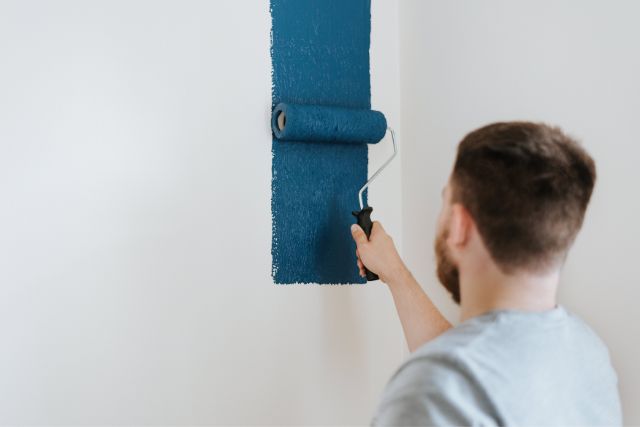
Repurposing Existing Fixtures
Give old fixtures a new lease on life with paint, polish, or creative modifications. It’s a sustainable and budget-friendly option.
Using Cost-Effective Materials
Consider alternatives like laminate or engineered stone. These materials mimic premium looks at a fraction of the cost.
DIY Projects That Make a Big Impact
Simple DIY projects, such as installing shelves or upgrading cabinet handles, can significantly enhance your bathroom’s appeal.
Inspiration and Trends for Modern Bathrooms
Keep your bathroom renovation on-trend with these stylish ideas.
Popular Bathroom Styles in 2025
Minimalist designs, bold colours, and natural materials are trending. Choose what resonates with your style.
Integrating Smart Technology
From smart showers to touchless faucets, tech upgrades can add convenience and efficiency to your bathroom.
Mixing Textures and Materials
Combine wood, metal, and stone for a layered, sophisticated look. Textures add depth and character to any space.
Innovative Storage Solutions
Think outside the box with hidden storage, pull-out drawers, and multi-functional furniture. These options maximise space while maintaining style.
FAQs About Bathroom Renovations
Got questions? Here are some answers to common queries about bathroom renovations.

What Is the Average Cost of a Bathroom Renovation?
The cost varies based on scope and materials. In Australia, renovations typically range from $10,000 to $30,000. Always get multiple quotes for accuracy.
How Long Does a Bathroom Renovation Take?
On average, it takes 3-6 weeks. Factors like design complexity and material availability can affect timelines.
Can I Renovate a Bathroom Myself?
DIY is possible for tasks like painting or installing accessories. For plumbing or electrical work, professional help is strongly recommended.
What Are the Best Materials for a Bathroom?
Water-resistant materials like porcelain tiles, quartz countertops, and stainless steel are ideal for durability and style.
Conclusion
Bathroom renovations are an exciting opportunity to enhance your home’s comfort and value.
With careful planning, quality materials, and a sprinkle of creativity, you can create a space that’s both functional and beautiful.
Whether DIY or hiring pros, enjoy the process and celebrate your stunning new bathroom!

